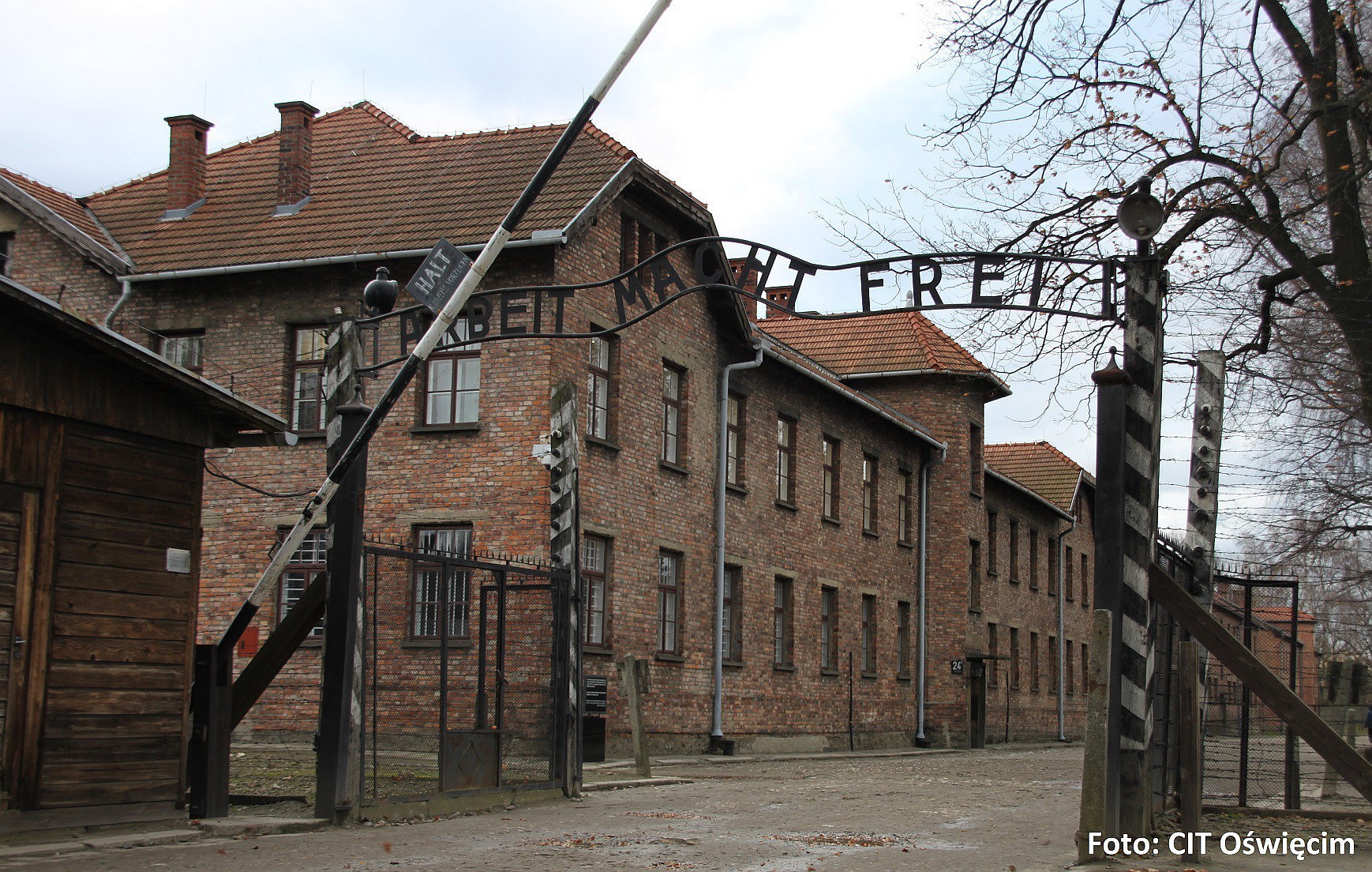The Auschwitz-Birkenau Memorial And Museum Poland

Planning your next travel destination and can't decide where to go? Look no further than the Auschwitz-Birkenau Memorial & Museum located in Oświęcim, Poland. This incredible location is a somber reminder of the atrocities that occurred during World War II, and it's a must-see for anyone interested in history.
The Auschwitz-Birkenau Memorial & Museum is a sprawling complex that consists of several different components, including the Auschwitz I camp and the larger Birkenau camp. The museum's main mission is to educate visitors about the horrors that took place at these camps during the Holocaust.
The museum offers guided tours of the various components of the complex, providing visitors with a comprehensive look at what life was like for prisoners at Auschwitz. These tours include stops at the barracks and gas chambers, which are still remarkably well-preserved despite the passage of time.
One of the most striking things about the museum is the sheer scale of the complex. It's difficult to grasp the enormity of what happened here without seeing it in person. Even more chilling is the fact that the majority of the victims who perished here were innocent civilians - men, women, and children who were rounded up and sent to their deaths simply because of their religion or ethnicity.
As you walk through the museum, you'll see countless artifacts from the Holocaust era, including clothing, shoes, and personal items belonging to the prisoners. Each of these objects serves as a poignant reminder of the atrocities that occurred here, and the museum does an excellent job of presenting them in a way that is respectful and informative.
Visiting the Auschwitz-Birkenau Memorial & Museum is a sobering experience, and it's not one that should be taken lightly. However, it's also an important way to honor the memory of those who suffered and died here, and to make sure that their stories are never forgotten.
History
The Auschwitz-Birkenau Memorial & Museum has its roots in the Nazi occupation of Poland during World War II. In 1940, the Nazis established the first part of the complex, known as Auschwitz I, on the site of an abandoned Polish army barracks. Over time, the complex expanded to include several sub-camps, including the larger Birkenau camp.
During its operation, Auschwitz-Birkenau was used primarily as a labor and death camp. Prisoners were subjected to grueling work regimes and inhumane living conditions, and those deemed unfit for work were sent to the gas chambers.
It's estimated that around 1.1 million people died at Auschwitz-Birkenau, the majority of whom were Jewish. However, the camp also held political prisoners, Romani people, homosexuals, and other minority groups. The atrocities committed at the camp have had a profound effect on the world, and the museum serves as a stark reminder of the darkness that can exist within human society.
Travel Tips
If you're planning a trip to the Auschwitz-Birkenau Memorial & Museum, there are a few things to keep in mind. First and foremost, be respectful. This is a place of immense historical significance, and it should be treated as such.
You'll want to set aside a full day to fully explore the museum, as there is a lot to see and take in. Be sure to wear comfortable shoes and dress in layers, as the Polish weather can be unpredictable.
It's also worth noting that the museum can be quite crowded, particularly during peak tourist season. If you're hoping to avoid the crowds, it's best to visit early in the morning or later in the day. Additionally, it's important to book your tickets well in advance, as this is a popular tourist destination and tickets can sell out quickly.
FAQ
Are there any age restrictions for visiting the museum?
The museum does not have any age restrictions. However, parents should be aware that some of the exhibits can be quite graphic and may not be suitable for young children.
Do I need a guide to visit the museum?
No, you do not need a guide to visit the museum. However, many visitors find that a guided tour provides context and insight that they might not get on their own.
Can I take photos at the museum?
Yes, visitors are permitted to take photos at the museum. However, it's important to be respectful and avoid taking pictures of other visitors or sensitive exhibits.
Is the museum accessible for people with disabilities?
Yes, the museum is fully accessible for people with disabilities. The museum offers special tours and accommodations for visitors with disabilities, and there are ramps and elevators throughout the complex.
As you can see, the Auschwitz-Birkenau Memorial & Museum is a site of incredible historical significance, and it's well worth a visit for anyone interested in learning more about the Holocaust. While the experience can be emotionally challenging, it's also a powerful way to honor the memory of those who suffered and died here, and to ensure that their stories are never forgotten.



Post a Comment for "The Auschwitz-Birkenau Memorial And Museum Poland"